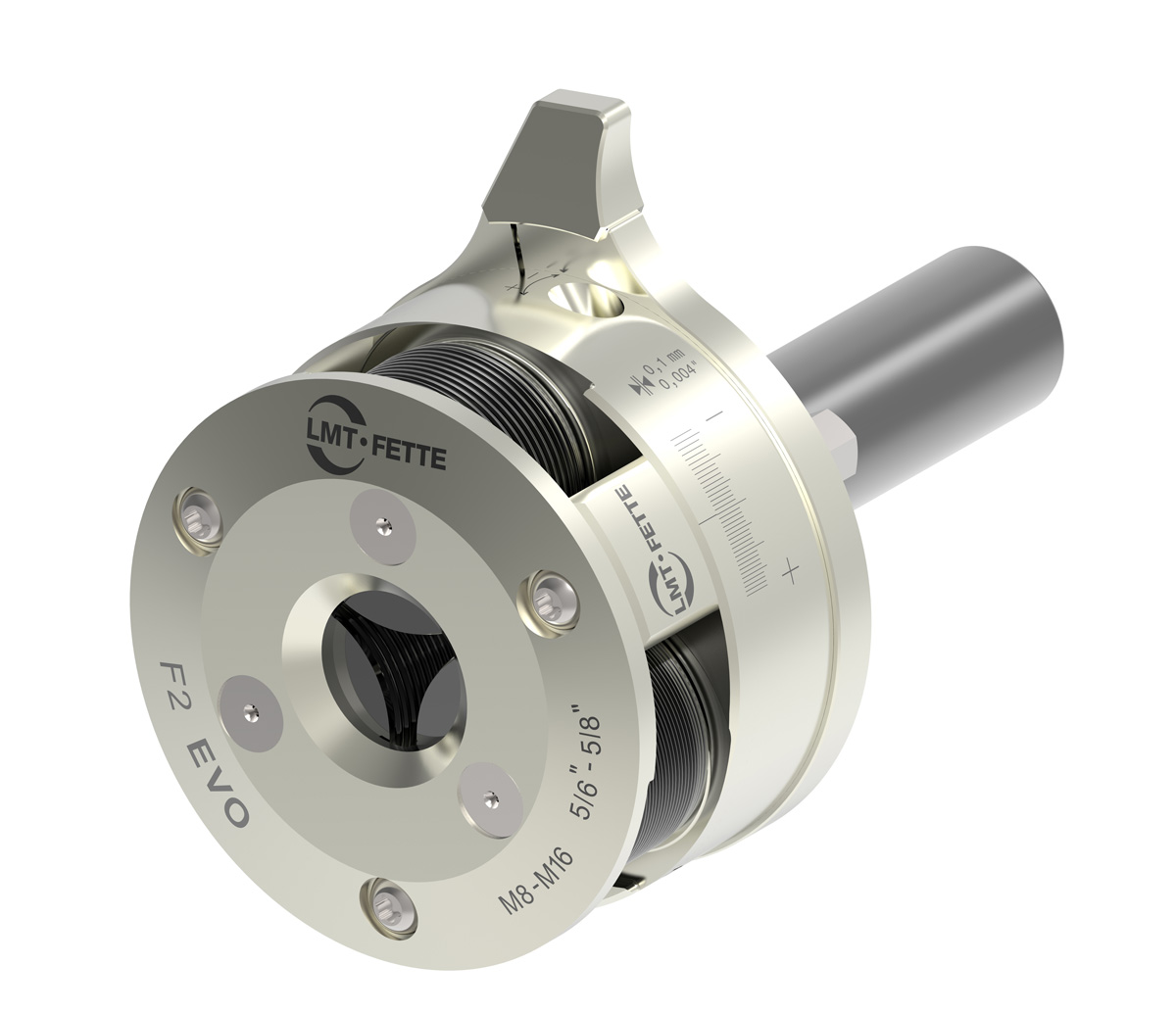All cut taps are not manufactured on equal footing. Most European and Japanese taps are produced from powdered metal blanks. This allows for improved performance of the cutting edge due to the irregular grain structure of the tool. Coatings are also “state of the art” and have a large impact on performance. An example of unique design is the LMT V-Magic Tap. The coating consists of a TICN multi-layer coating on the threads with a steam oxide coating in the gullet. It is designed to improve chip removal performance in materials that produce long erratic chip flow. The steam oxide coating has a greater coefficient of friction than the TICN and forces the curling chip to pack more densely as it flows away from the tap. This aids in controlling the chip flow and form improving the overall performance of the tap.
Nothing is faster or more reliable than single point turning, true or false? The real answer is IT DEPENDS.
Roll threading a journal requires turning the diameter before rolling. Roll threading implies that part volume is a key. In any high-volume production application, the parts require turning to prep for threading. The blazing speed of roll threading can be mirrored with equal speeds in turning the blank. Utilizing a multi fluted indexable hollow mill with 3 or more carbide turning inserts can triple or quadruple turning speeds always utilizing a single pass process. Nothing is faster or more accurate.
Most always, the time saved in turning, more than pays for the tooling costs. It always yields dramatic production cost savings as well as equally dramatic production increases. Not all hollow mills are created equal. Some indeed work better than others and our years of thread rolling experience have given us an edge in identifying the right tool for your application. Sample us with your component requirements and challenge us to identify the ideal tool for your application.
